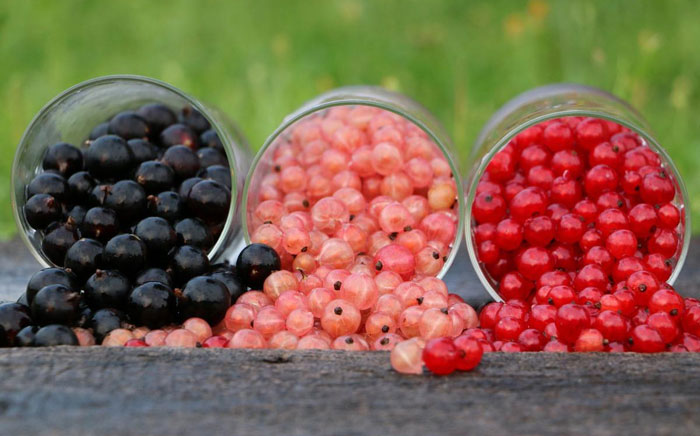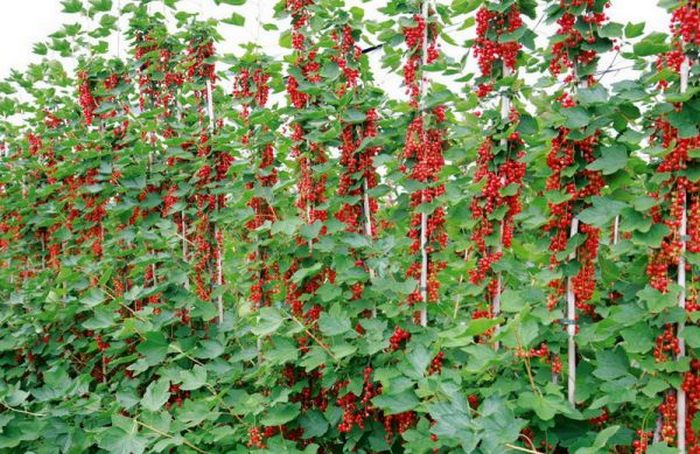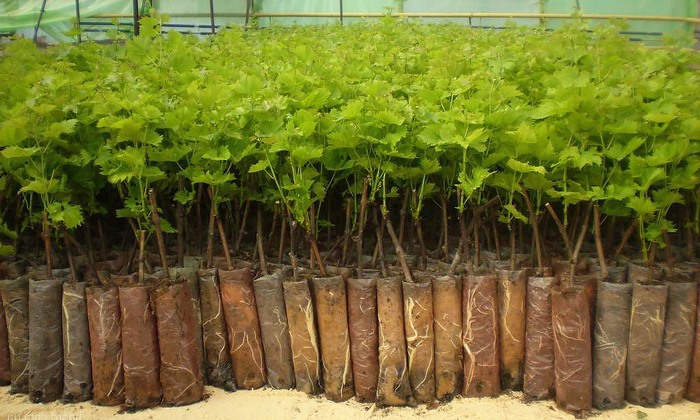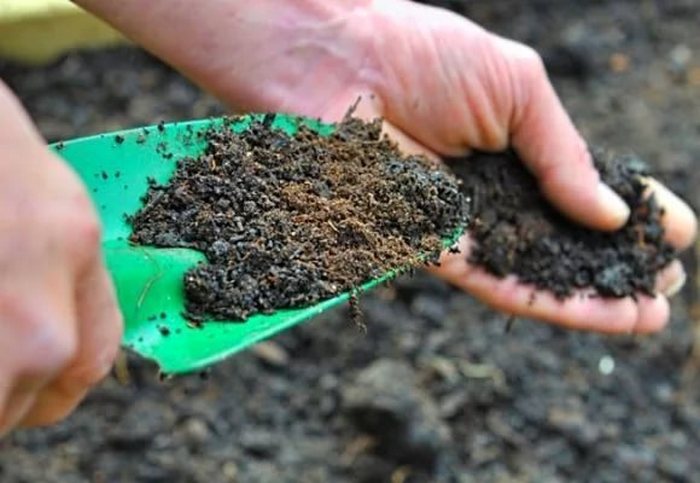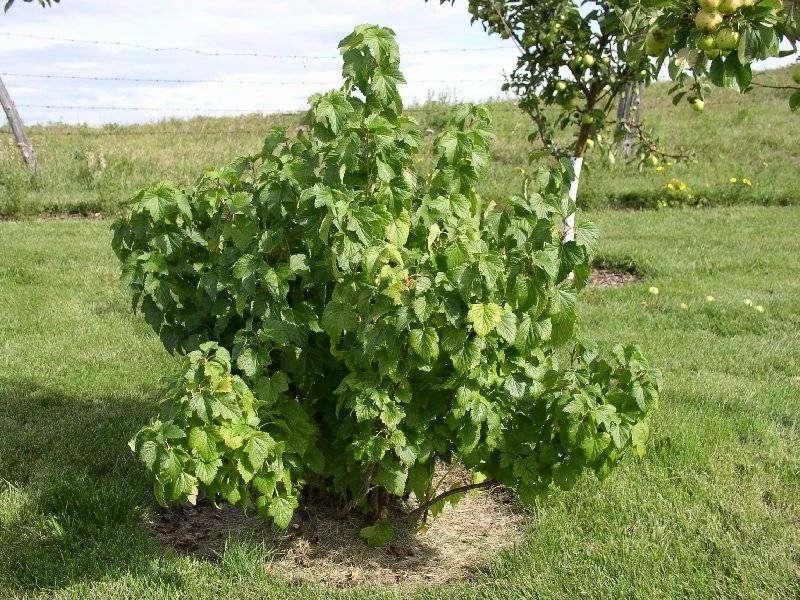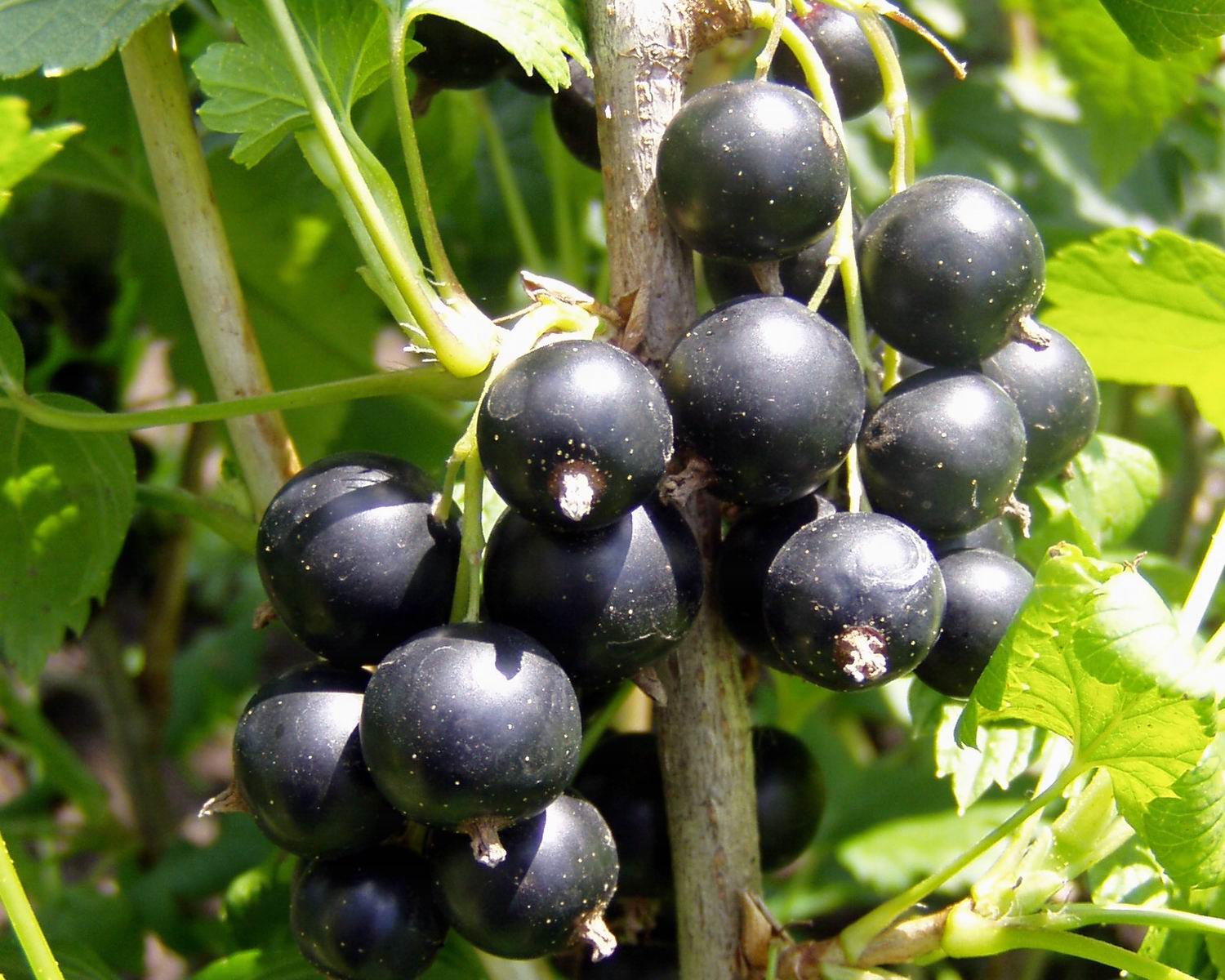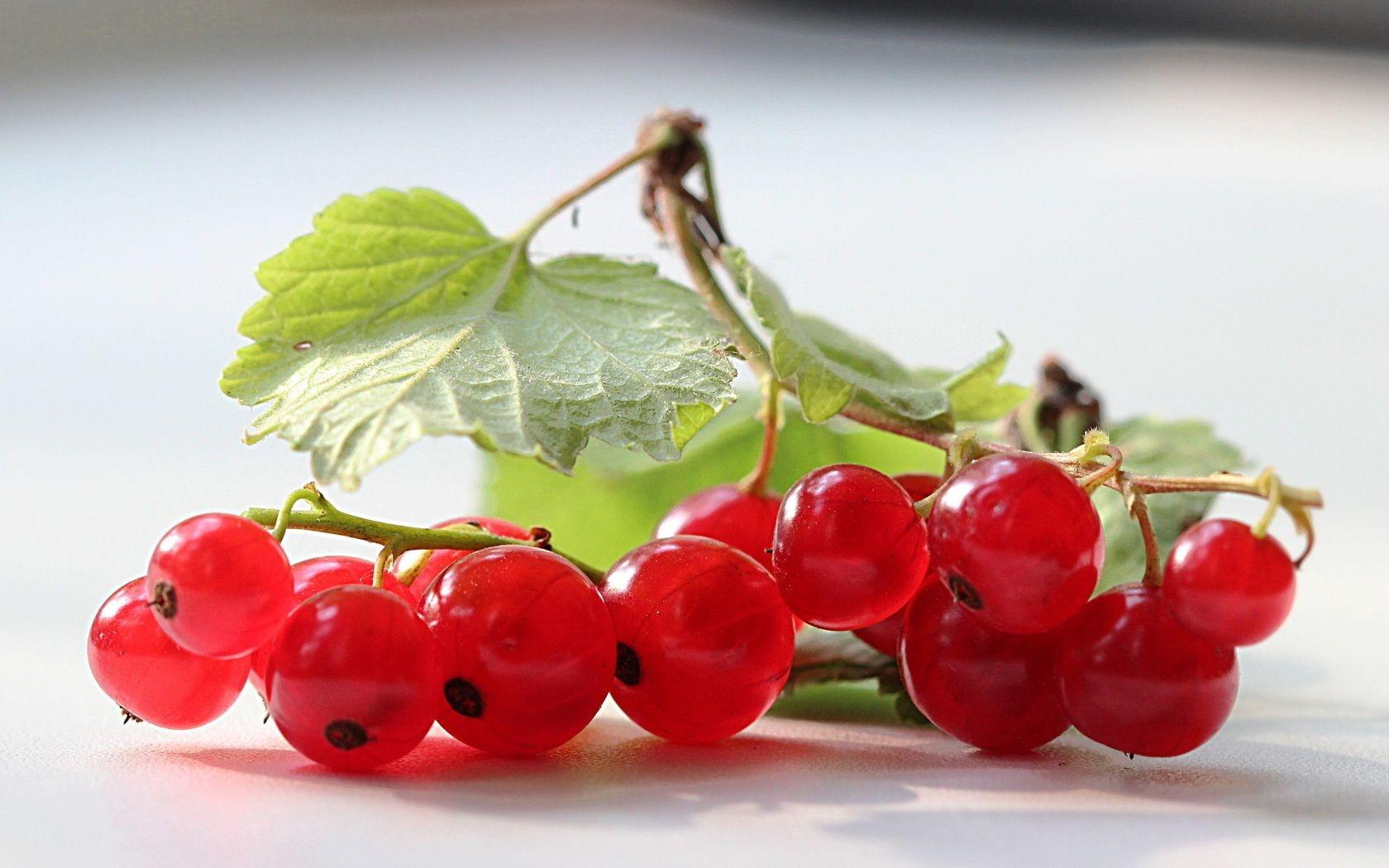Content:
There are currant bushes in almost any garden. Berries and leaves of the culture are the most useful products. They contain a lot of vitamins C, R. The culture has been known since ancient times. However, not so long ago, currants received a second life. This happened after an innovative method of gardening was invented - the formation of a currant trunk. Thanks to him, it is possible to increase the yield, improve the quality of berries, and give a well-known shrub a new decorative shape. Planting and leaving the standard currant has characteristic features. In order to properly grow a crop on a trunk, you need to know simple rules and subtleties.
Formation of a currant trunk
The method is based on a significant lengthening of the plant stem. The stem is the lower part of the trunk, which originates at the root collar and ends at the skeletal branches. The currant on the trunk is not an ordinary branched shrub, but a small tree. It has a long, not too thick trunk and a neat crown. The fruits ripen in large clusters. Collecting them is a pleasure. In half an hour, you can easily pick a medium-sized bush. Harvesting from an ordinary currant bush takes at least 1.5-2 hours of painstaking work.
How is the formation of the currant stem? This method is considered innovative. However, it is available to both experienced gardeners and beginners. There are 2 technologies for the formation of a stem: own-rooted and on a rootstock.
Rooted
The first method guarantees the transformation of any shrub that is already growing on the site. There are standard black currants, standard red currants, white and gold. It is necessary to start forming a stem from an adult plant in early spring. To do this, it is better to choose the time after the snow melts, but before the sap flow begins. We offer step-by-step instruction:
- A suitable bush is selected. It needs to be examined for diseases, pests. Only a healthy culture is suitable;
- The grower removes all but one shoots at ground level. The remaining shoot must meet the characteristics: be thick, straight, stand straight in relation to the soil;
- This shoot must be freed from all the lower branches. The branches are removed completely. No stumps should remain from them. The top is pinched;
- The upper strong branches are left;
- The result is a mini-tree. It is possible to arrange the upper branches, if there are many of them, in a spherical manner;
- Further, the trunk is strengthened with a support. The stake digs deep into the ground. A trunk is tied to it. The support will help protect the tree-bush from the winds, will help not to bend under the weight of the crown with fruits;
- During the summer season, you need to keep an eye on the standard currant. All emerging twigs and shoots that do not correspond to the new shape of the berry are completely removed;
- In the autumn months, before the shrub goes into hibernation, the tops of the branches are pinched off. Thanks to this procedure, new shoots will appear from the awakened buds.
On the rootstock
The second method is quite popular in Europe. Growing a standard culture in this way is more difficult than in the first case. To use it, you need to have at least minimal knowledge and skills in terms of garden surgery. Step-by-step instruction:
- The procedure is carried out at the very beginning of spring. The end of March will come before the sap flow has begun;
- A plant that is already growing in the garden is taken as a stock material. For this purpose, you can specially plant a stalk or sapling;
- In an adult plant, all shoots are removed from the sides. One large stem is left. They pinch him. You should get a trunk, the height of which is no more than 80 cm. This is a blank for standard currants;
- If a seedling is taken, its age must be at least a year. It should not have side branches and stems. Only one bare straight stem;
- The graft is taken in the form of a small fresh cuttings. Any variety will do, including one different from the stock;
- Next, the vaccination is performed. Specialty stores sell special films that help fix the scion on the stock;
- All the kidneys are blinded on the trunk;
- For several years, it is necessary to observe the plant, removing unnecessary branches and shoots.
Currant selection
To form or grow a standard currant bush, many gardeners ask themselves: which currant to choose? Experts say that black, white, gold will do. There is also red currant on the trunk.
The most popular is the standard black currant. The berries of an ornamental bush are large, sweet, with minimal sourness. However, there are downsides. The plant with black berries is best grown in southern areas. Where spring and autumn are cold, the branches of the culture may freeze. It is recommended for the formation of a trunk, grade Memory. Stork, Sibylla, Premier a are also suitable.
Red currants on a stem will take root without problems and will give a good harvest in almost all regions of our country. She is less dependent on warm weather. Among the varieties that are recommended to grow as a standard currant: Chulkovskaya, Red Cross, Natalie.
Benefits of forming a trunk
The formation of a stem of a culture such as currant has significant advantages. Among the most obvious:
- The standard currant bush looks very aesthetically pleasing. This is a mini-tree that can decorate any site;
- Due to the neat crown, the culture saves space in the garden. Berries on a trunk can be grown next to each other at a distance of 25-40 cm. Strawberries and flowers can be planted under the plants;
- A mini tree is easier to care for than a bush. The trunk circle is easier to loosen, water, mulch. Pests living in the soil will not reach the branches of the berry;
- Standard currant gives large fruits. The berries usually form into large clusters that resemble grapes. Collecting such fruits is easy. It takes about half an hour to completely pick the currants on a medium-sized trunk. On an ordinary shrub, it takes 1.5 hours or more;
- Due to the fact that the branches do not lie on the ground, the berries are less susceptible to disease and rot;
- All nutrients are spent on the main trunk and branches on it. No expense for other shoots;
- The taste of berries on a stem is much higher than that of ordinary currants. The reason is enough sunlight;
- The crown of the standard bush is thin. The air circulates better there. This means that the likelihood of developing fungal infections is minimal;
- Standard currants begin to bear fruit the next year after planting. It bears fruit for a long period - about 15-20 years.
Reconstruction of bushes
Reconstruction of bushes can be done in several ways.
In the first case, you need an ordinary currant seedling. Before planting a plant in a permanent place, you need to work with it. Pruning shears gently get rid of buds, shoots, branches. One barrel remains. The top is pinched. The buds on it should be present only in the upper part. The stem is left at a height of about 35-45 cm.
In the second case, special tubes are used that do not transmit light. This tube grabs the stem of the seedling to a height that the grower plans to leave under the stem. Together with the device, the seedling is planted in the ground. The lower part of the tube should go a few centimeters into the ground. Thus, branches will not appear on the trunk, and the root collar will not give new shoots. The plant will also grow with the tube. Additionally, a support is placed next to it.
Planting seedlings
How to properly plant seedlings in order to grow stems later? First you need to decide on a place. It should be on the sunny side of the property.
Planting of seedlings takes place in the last month of summer. The first week of August will do. The planting material should be in the form of one straight stem, without branches, with a pinched top.
A landing pit is being dug. It should be about 50 cm wide and 50-60 deep. The standard bush is planted deeper than ordinary currants. The distance between the plants is 25-35 cm. Another difference between planting a plant on a stem from the usual one is the absence of a slope when placed in the ground. An ordinary seedling is planted at a 45 degree angle. Standard - no inclination, strictly straight. The gardener's hand should tamp the ground near the trunk circle. Do not forget about the support.
The next year, the seedling will be covered with branches. Shoots will form at the top. It is possible that radical processes will appear. The bush needs to be refined under the stem. All branches, root growth, etc. are removed. Shoots are pinched.
Care
It is necessary to take care of currants on a trunk. If you do not deal with a mini-tree, it will cease to produce a good harvest, it will turn into an ordinary currant bush. Care consists in the following procedures:
- Watering;
- Loosening, mulching;
- Fertilization;
- Pruning;
- Garter;
- Pre-winter shelter.
Watering
It should be moderate but persistent. The culture loves moisture, but does not tolerate waterlogging. It is enough to shed the plant once a week, provided that the weather is warm without rain. The volume of water is 30-40 liters. Watering does not stop in dry autumn.
Loosening, mulching
Once every 20 days, the ground under the bush is loosened, weeds are removed. Grass, straw are suitable as mulch.
Fertilization
In spring, urea is applied under the bushes - 20-15 grams per plant. In the summer, you can feed the bushes with superphosphate (35 grams), potassium sulfate (15 grams). In the summer months, the soil is fertilized with manure. 3-5 kg are consumed per bush. In autumn, potassium sulfate (15 grams), superphosphate (40-60 grams) are introduced.
Pruning
The stem bush needs constant supervision. Extra shoots are removed every year. The shape of the crown is being corrected. It should not be allowed to thicken. Anti-aging pruning is performed every 4-5 years.
Garter
The support is a necessary companion of culture. The mini-tree trunk is too fragile to withstand the wind. To do this, he is tied to a strong stake or several slats.
Pre-winter shelter
Standard currants can freeze without additional shelter for the winter. If the region has a snowy winter, this is not necessary. The cover can be spunbond or other similar material. The berry is wrapped around it.
Common mistakes
It is easy to propagate standard currants. In the middle of summer, you need to cut a stalk. He is immediately planted in an open garden. At ground level, there should be 1 kidney, located at the very top. Before winter, the cutting is covered with peat or foliage.In the spring months, all the shoots are harvested, except for one, which will become the trunk of the mini-tree.
Regardless of the variety, the formation of a currant stem follows the same scenario.
Standard currants, especially black ones, are prone to freezing. If the winter is not very snowy, it is necessary to cover the bushes. The shelter is removed only after the end of the spring frost.
Even if the bush has a support, it is still recommended to plant the culture in a place where there are no strong winds.
Stakes are used as a support of a variety. They can be made of wood, metal.
To protect the plant from pests, you can plant marigold flowers, geraniums or garlic under the mini-tree. These crops have a pungent smell that keeps pests away from them.
You should not fertilize the standard currant with large doses of nitrogen. She doesn't take it well. 15-20 grams of urea, which is applied in the spring, is suitable.
Growing standard currants on the site is within the power of any summer resident. If you follow all the rules and subtleties, you can make decorative mini-trees from ordinary bushes. They will decorate the garden and produce a high yield of sweet fruits.
